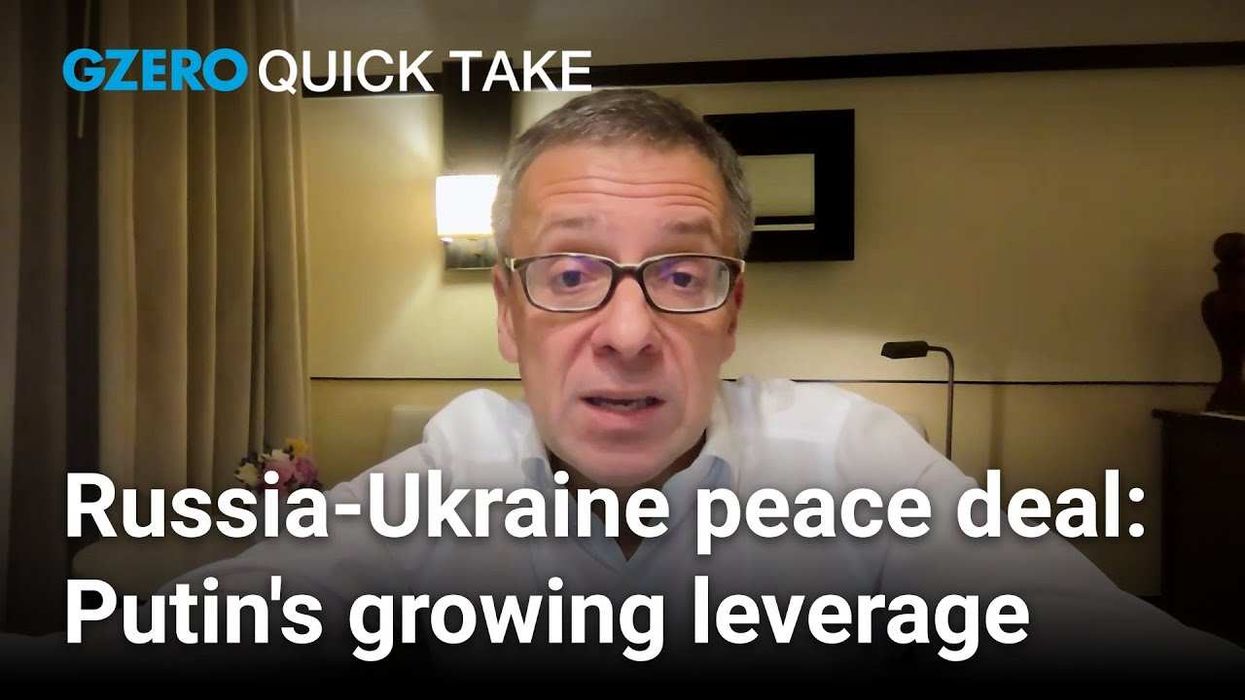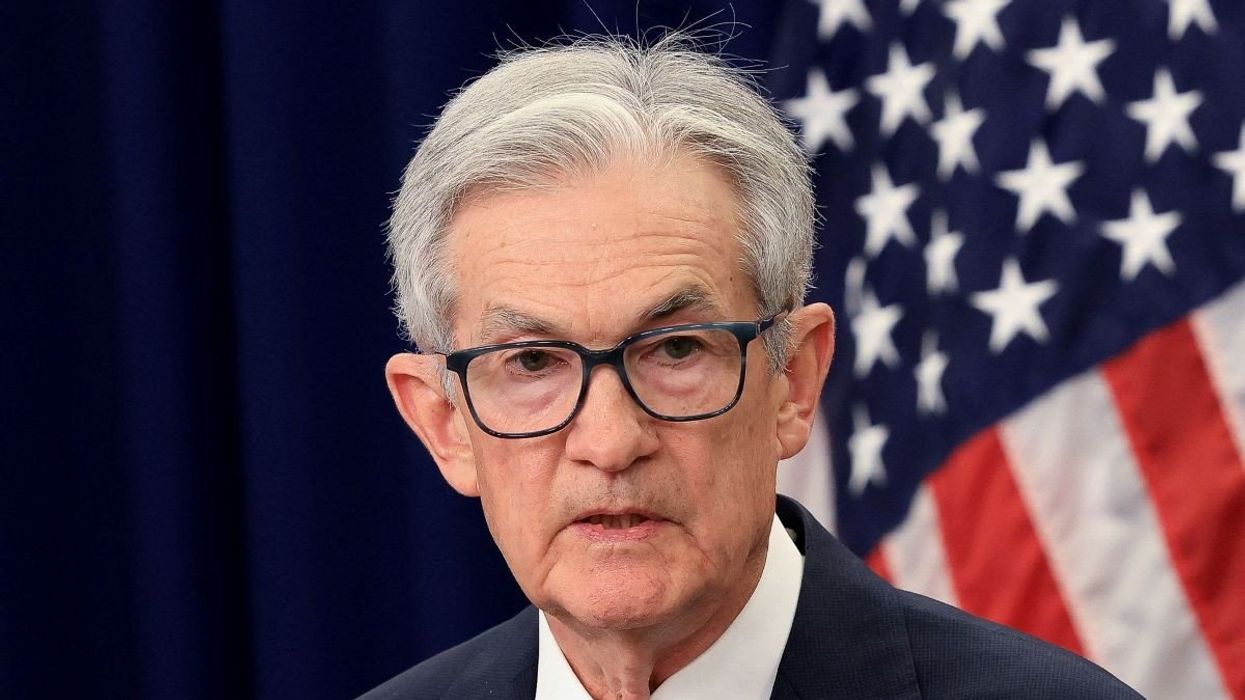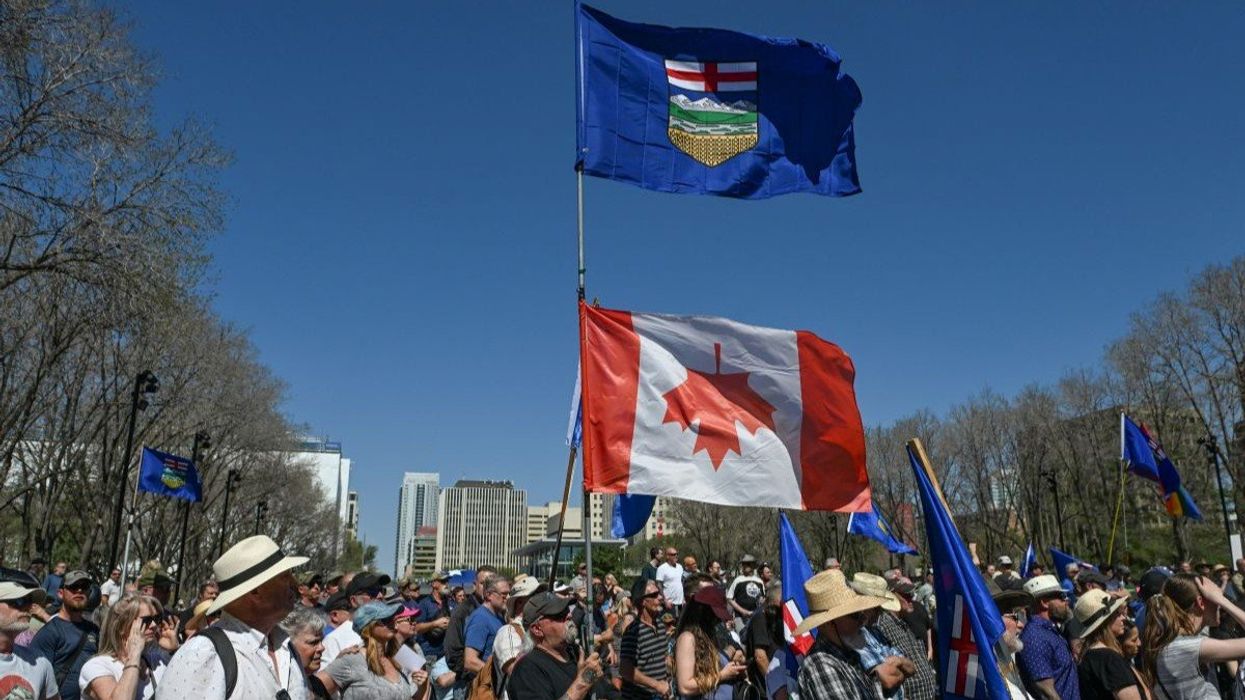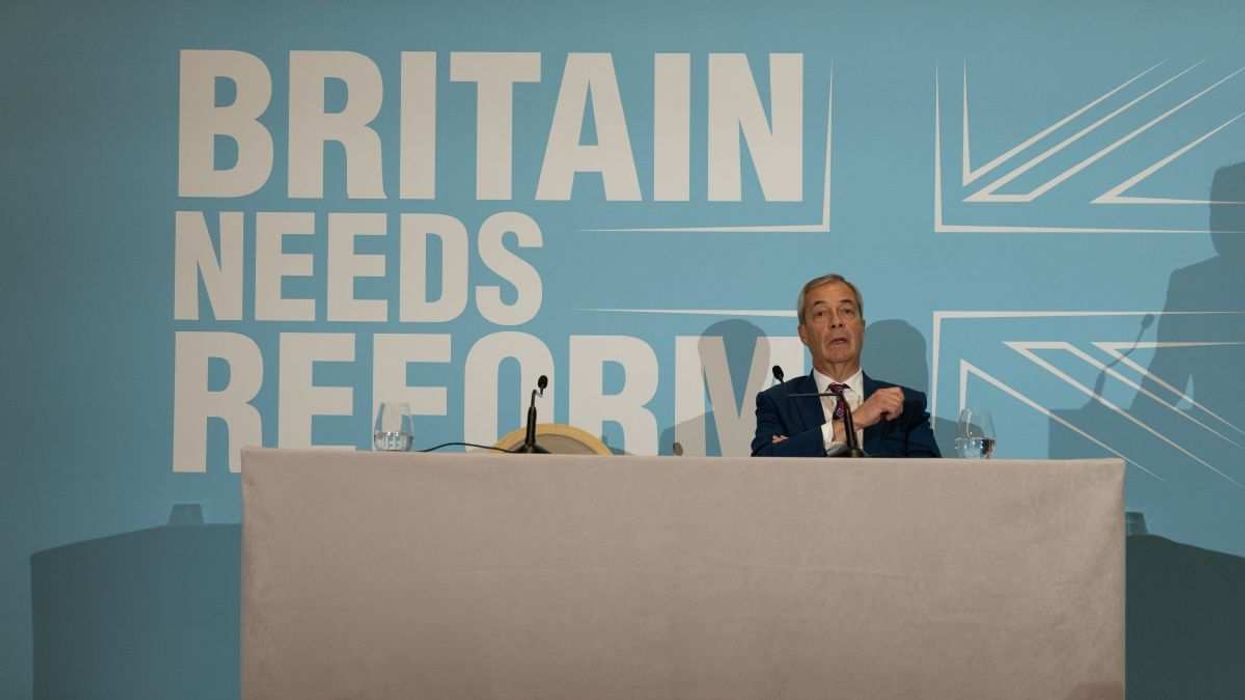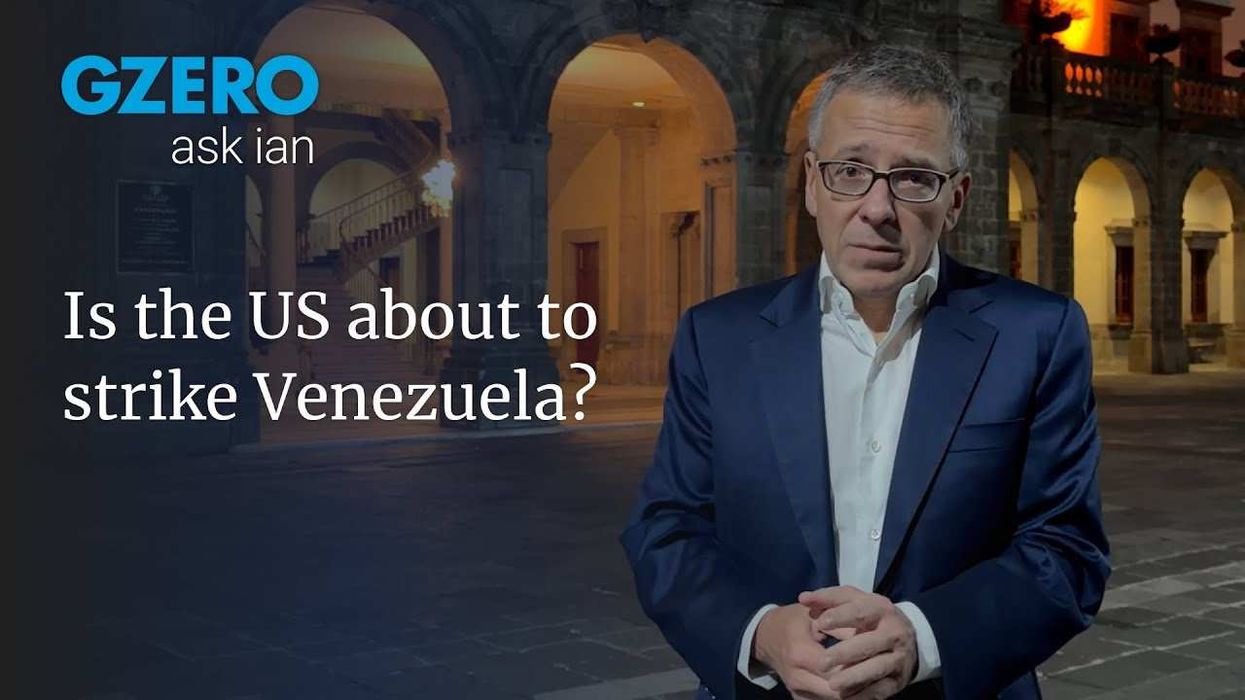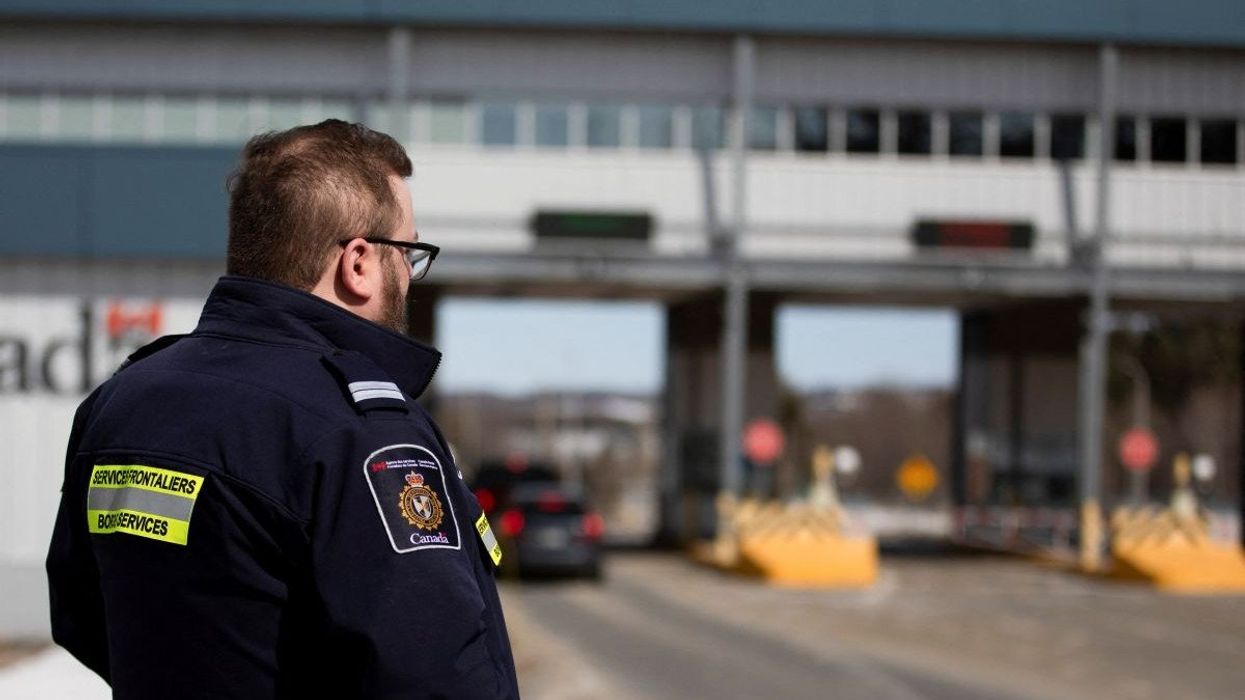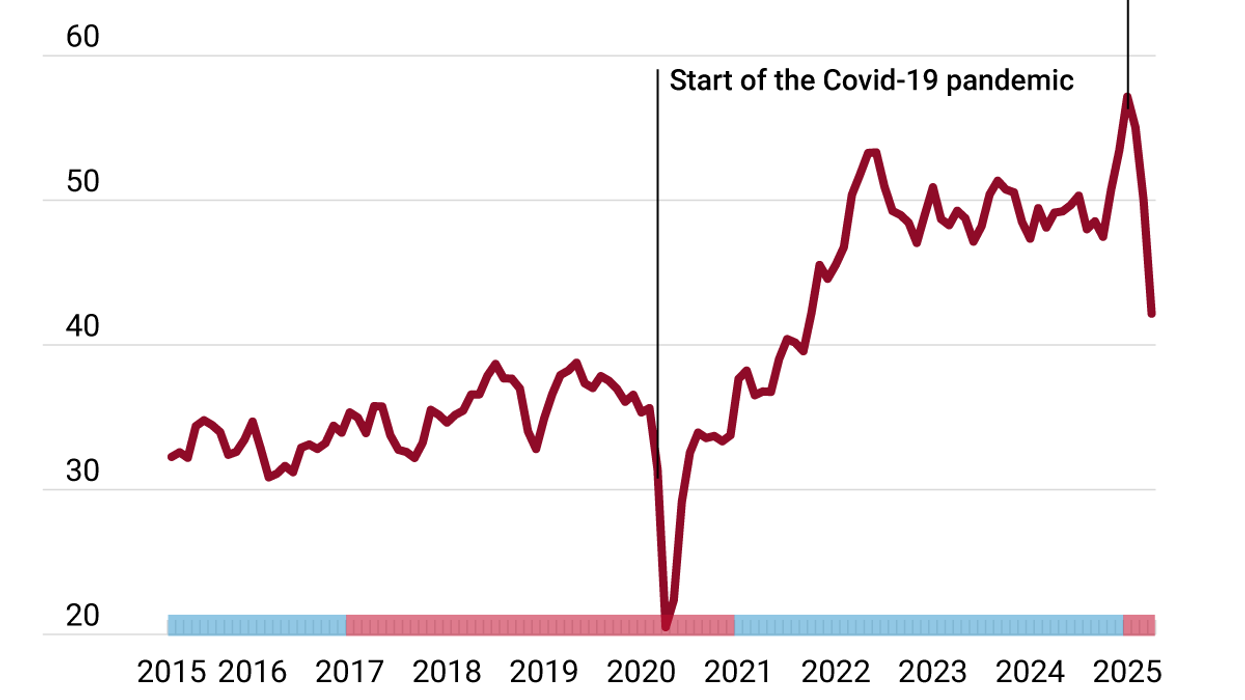Canadians might not like to hear this, but given President Donald Trump’s tariffs and threats, there’s at least one area of economic policy where the country owes the US leader a strange sort of thanks.
For decades, Canada’s 13 provinces and territories have maintained trade barriers against each other, a bewildering arrangement of tariffs, quotas, and regulations that has boosted prices, reduced efficiency, and yielded some absurd stories: A New Brunswick man whose beer was confiscated as he crossed provincial lines after a trip to Quebec has taken his case all the way to the supreme court.
But in response to Trump’s economic warfare on Canada, Prime Minister Mark Carney has promised to eliminate interprovincial trade barriers by July 1, Canada Day, a date that is equal parts symbolic and, let’s say, ambitious. The hope is that the economic impact of Trump’s tariffs can be at least partially mitigated by dropping Canada’s internal trade barriers.
Since 2017, Canada has had a Canadian Free Trade Agreement, but it was far from comprehensive and full of exemptions. The federal government is now talking about “one Canadian economy,” not 13. There’s even a minister in charge of it, Dominic LeBlanc, who will work with Chrystia Freeland, who is responsible for internal trade.
The cost of internal trade barriers is disputed. Ontario says they sap CA$200 billion (US$146.4 billion) of GDP a year. Other observers aren’t so sure. What’s certain is that barriers have long existed in Canada for a variety of reasons, including local protectionism for key provincial industries, such as fisheries in Atlantic Canada and timber in British Columbia, and industry-specific regulations, like where fish or lumber can be processed.
Doing away with trade barriers isn’t just a matter of lowering duties, but also of streamlining and harmonizing regulations across provinces. It’s a big lift, especially when one province, Quebec, tends to insist on greater protection for, among other things, its culture and its dairy industry, citing its distinctness.
To make progress, Carney this week held a meeting with provincial and territorial leaders, which ended with a commitment to “rapidly” reach an agreement on consumer goods, shipping, and harmonizing credentials. A nurse registered in Ontario, for example, should be able to practice in Saskatchewan within a month of moving there.
Some provinces have already struck their own bilateral trade deals. Ontario introduced legislation in April to lower barriers. It has since penned agreements with Alberta, Prince Edward Island, and Saskatchewan. In April, New Brunswick and Newfoundland and Labrador signed their own free trade agreement. Quebec says it’s open to deals and has a bill similar to Ontario’s. Ditto Manitoba. Nova Scotia is undertaking similar work.
These agreements and bills look like progress, and they are. But experts warn the hard part lies ahead in implementing what trade expert Diya Jiang and Canada expert Daniel Béland note are the “complex and technical” elements involved in trade liberalization, including various provincial regulations that account for local geography and climate. Driving a truck through the mountains of BC is different than cruising through the plains of Manitoba, for example.
As economist Trevor Tombe puts it, “Serious action requires provincial action,” and while he notes we’re seeing some of that, “much will depend on provincial follow-through.” That’s to say, for instance, that a province will have to be willing to give up industry protections, like laws in Newfoundland and Labrador that mandate local fish processing.
Still, even with all the obstacles, Tombe concludes, “We might be entering a new era for internal trade in Canada.” And for that, Canada, unexpectedly, has Trump to thank.







